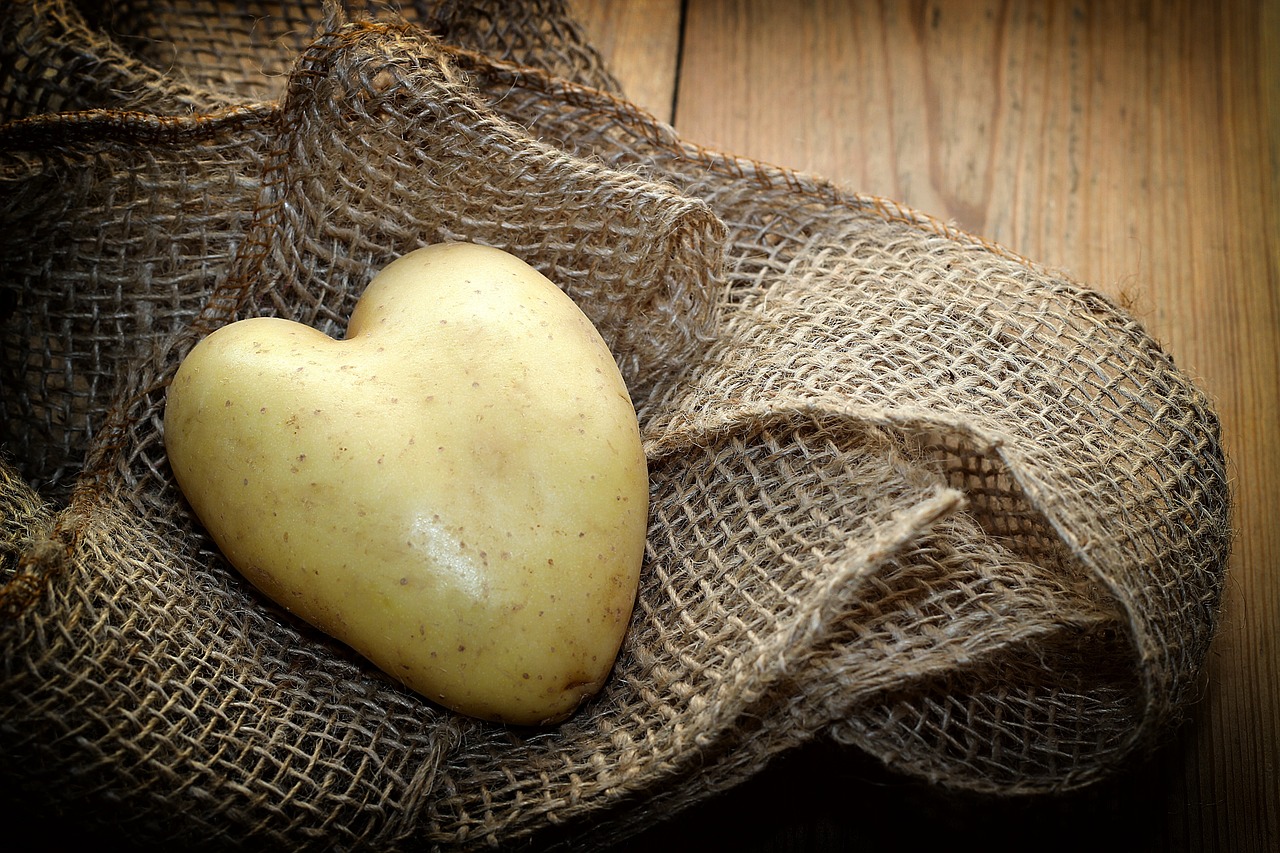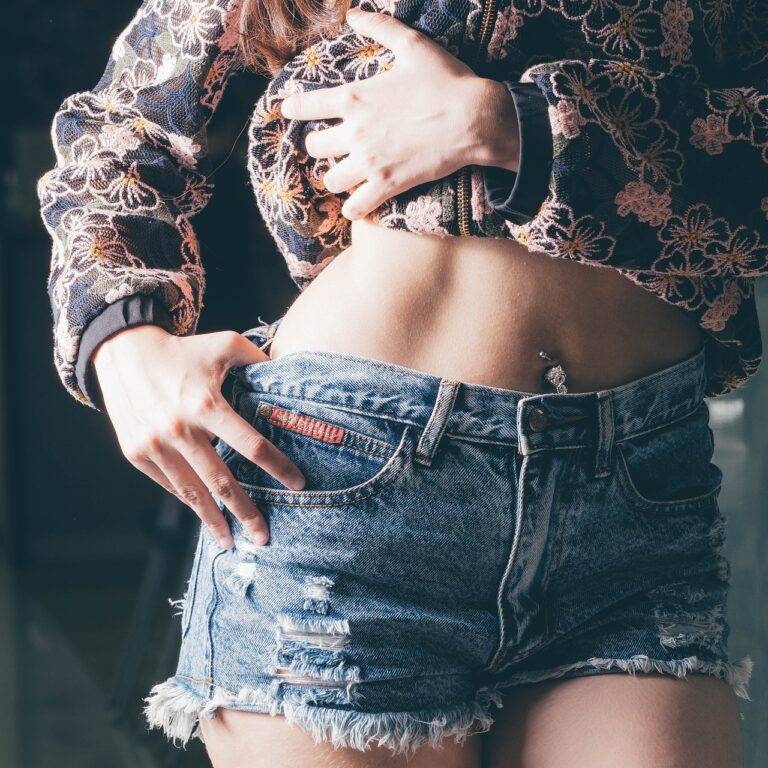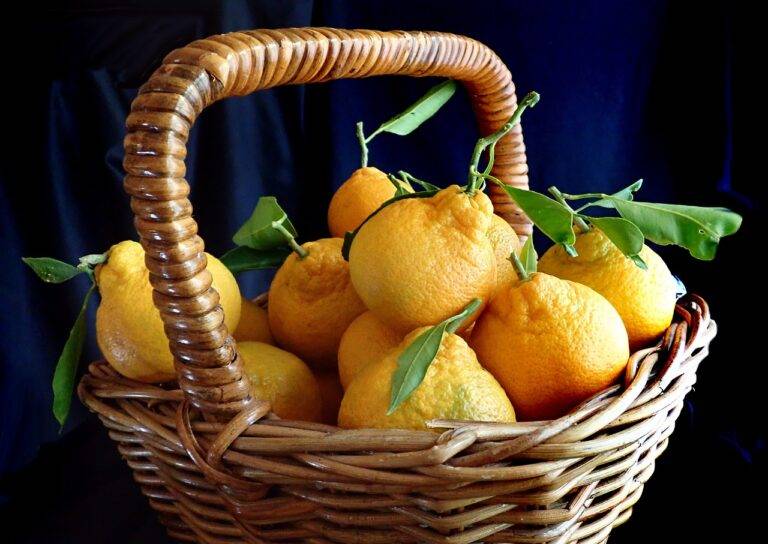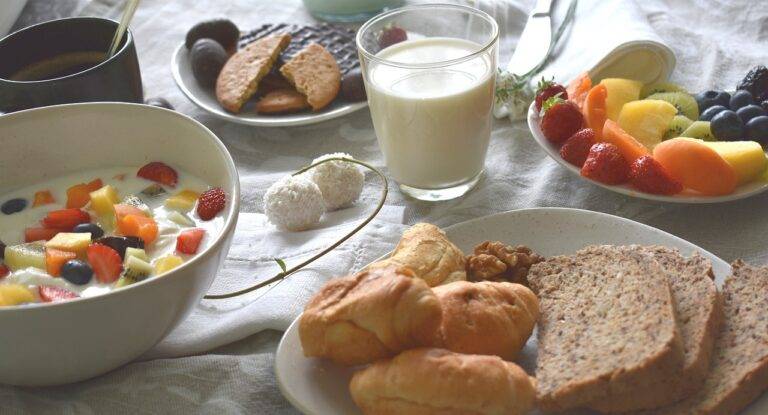The Art of Food Styling: Creating Visual Feasts
When it comes to food styling, the ingredients used play a vital role in enhancing the visual appeal of the dish. Fresh, high-quality ingredients not only add to the aesthetic of the food but also contribute to its overall taste and texture. Ingredients like vibrant fruits and vegetables, fresh herbs, and colorful garnishes can elevate the presentation of a dish, making it more visually appealing.
In addition to fresh ingredients, elements like textures and shapes also play a significant role in food styling. Combining different textures, such as crunchy nuts with creamy sauces or smooth purees, adds depth and interest to the presentation. Similarly, playing with shapes, such as creating layers or intricate designs with ingredients, can make a dish visually striking and memorable. The careful selection and arrangement of ingredients are essential aspects of food styling that can transform a simple dish into a work of art.
Importance of Color in Food Presentation
It’s no secret that color plays a crucial role in food presentation. The vibrant hues of fruits and vegetables not only make a dish visually appealing but also indicate freshness and nutritional value. When it comes to plating, the right color combinations can enhance the overall look of a meal, making it more inviting to the eyes. Think about the contrast between a bright red tomato slice against a bed of leafy greens or the golden crust of a freshly baked pie paired with a dollop of rich, creamy ice cream.
In addition to aesthetics, color can also influence our perception of taste. Research has shown that diners are more likely to enjoy a meal that is visually pleasing, with a good balance of colors and textures. By incorporating a variety of colors into a dish, chefs can create a more memorable dining experience for their customers. Whether it’s a rainbow salad bursting with different colors or a carefully crafted dessert with layers of contrasting hues, the visual appeal of a dish can make a significant impact on how it is enjoyed and remembered.
Why is color important in food presentation?
Color is important in food presentation because it enhances the visual appeal of the dish and can make it more appetizing to the viewer.
How can I use color to enhance my food presentation?
You can use a variety of colorful ingredients such as fruits, vegetables, herbs, and spices to add pops of color to your dish. Additionally, you can use garnishes like edible flowers or microgreens to add visual interest.
Are there any specific color combinations that work well in food presentation?
Yes, there are certain color combinations that are visually appealing, such as complementary colors like red and green or purple and yellow. Experimenting with different color combinations can help you create visually stunning dishes.
Can color affect the perception of taste in food?
Yes, color can affect the perception of taste in food. Studies have shown that people are more likely to enjoy food that is visually appealing, and color plays a big role in that.
How can I ensure that my food presentation is visually appealing?
To ensure that your food presentation is visually appealing, pay attention to the color contrast, balance, and arrangement of your ingredients on the plate. Experiment with different plating techniques and garnishes to create a visually stunning dish.





